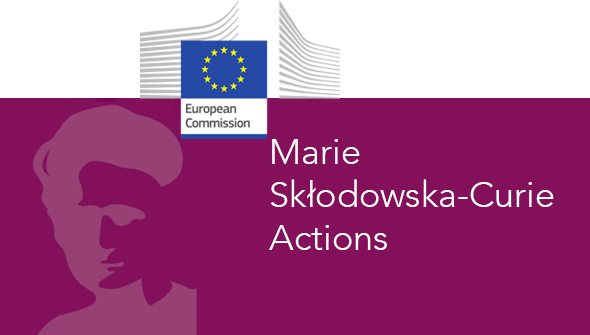Objectives
EnvSeis will gather scientists from ten European research teams, the 8 beneficiaries and two associated partners in Switzerland, recognised for their excellence in either the application of seismic techniques to Earth surface questions, or for leading expertise in geomorphology, hydrology, natural hazards, or marine or glacial sciences. Together, these ten research teams comprehensively cover the current range of methods and scales in Environmental Seismology. EnvSeis offers, for the first time, the opportunity for all participants to be co-ordinated into a collaborative research and training project. It is expected that the resulting synergies will advance research capabilities far beyond the present state and hence amplify the international impact of European research and training in the Earth Sciences. The primary objectives of EnvSeis are:
- To tackle outstanding questions in the Earth surface sciences that have been intractable with traditional observation methods, but are open to seismic observations. This includes specific environmental processes and their drivers, as well as their interactions, and their distribution in time and space.
- To train 12 Early Stage Researchers (ESRs)5 in state-of-the-art concepts and leading-edge research techniques within Environmental Seismology. As the first generation of scientists with dedicated training in this field, they will acquire a broad skill base, giving them an ideal position to compete for leadership positions in a career in research, industry, or administration.
- To give these ESRs strong career management skills and experience of interactions with stakeholder organizations and the working media, while providing them with solid professional connections.
- To strengthen and widen the budding European community of researchers applying seismic methods in the Earth surface sciences by bringing together leading European groups in common training and research activities.
- To increase the impact and international visibility of European science by structuring the research and training capacities via long-term collaboration and synergy among ten research teams internationally recognised for their excellence in complementary fields of Earth Sciences.

